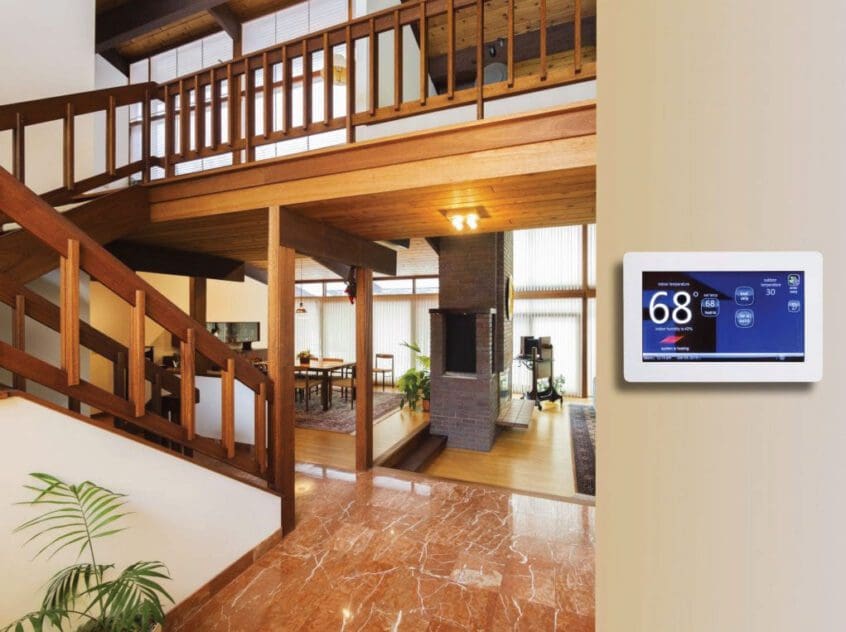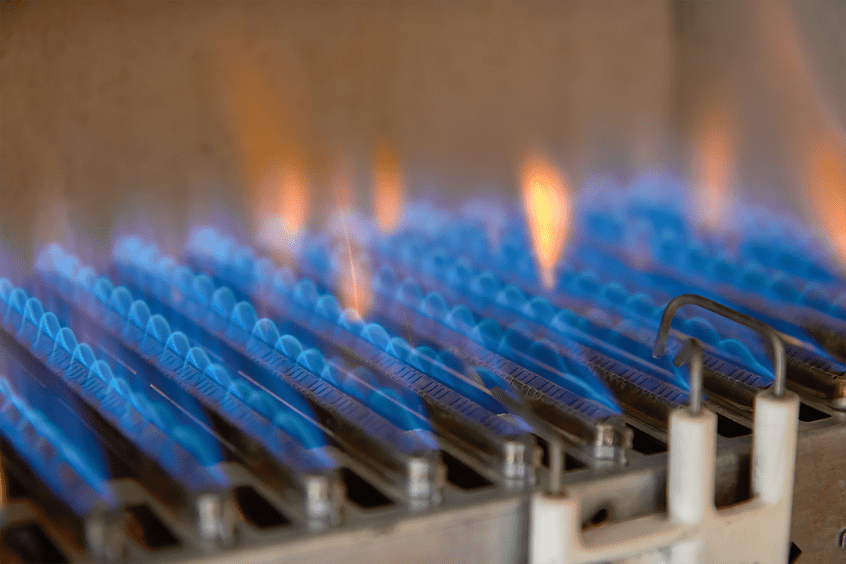What Temperature Should I Set My Thermostat to in the Summer and Winter?
Throughout the year in Indianapolis and across Central Indiana, the temperature will fluctuate from hot and humid in the summer to frigid and below-freezing in the winter. If you’re constantly adjusting and cranking the temperature on your thermostat, it will lead to higher-than-expected utility bills and overall frustration and discomfort. Finding ways to keep your house cool in the summer … Read More










